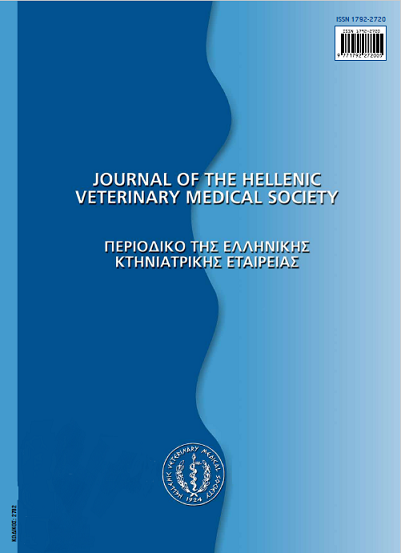From the idea to implementation of the in vivo experiment. Organizing and planning a new protocol
Résumé
A brief overview is presented of the key steps involved in designing a research animal experiment, with reference to resources that specifically address each topic of discussion in more detail. After an idea for a research project is conceived, a thorough review of the literature and consultation with experts in that field are pursued to refine the problem statement and to assimilate background information that is necessary for the experimental design phase. Other practical considerations include defining the necessary control groups, randomly assigning animals to control/treatment groups, determining the number of animals needed per group, evaluating the logistics of the actual performance of the animal experiments and identifying the most appropriate statistical analyses and potential collaborators experienced in the area of study. Also important concerns are anaesthesia, trial dosages of molecules-elements, definition of surgical procedures, sham experiments as control group and cost per experiment. Other factors are probable or expected timeframe for completion of experiments, sufficient financing, pathology and final histopathological examination, specific indicators or values necessary for the evaluation of the results and the origin of the research protocol (doctoral thesis, master or research interests). All of these factors are critical to designing an experiment that will generate scientifically valid and reproducible data, which should be considered the ultimate goal of any scientific investigation.
Article Details
- Comment citer
-
PAPALOIS (Α.Ε. ΠΑΠΑΛΟΗΣ) A. E. (2017). From the idea to implementation of the in vivo experiment. Organizing and planning a new protocol. Journal of the Hellenic Veterinary Medical Society, 60(3), 250–253. https://doi.org/10.12681/jhvms.14934
- Numéro
- Vol. 60 No 3 (2009)
- Rubrique
- Special Article
Authors who publish with this journal agree to the following terms:
· Authors retain copyright and grant the journal right of first publication with the work simultaneously licensed under a Creative Commons Attribution Non-Commercial License that allows others to share the work with an acknowledgement of the work's authorship and initial publication in this journal.
· Authors are able to enter into separate, additional contractual arrangements for the non-exclusive distribution of the journal's published version of the work (e.g. post it to an institutional repository or publish it in a book), with an acknowledgement of its initial publication in this journal.
· Authors are permitted and encouraged to post their work online (preferably in institutional repositories or on their website) prior to and during the submission process, as it can lead to productive exchanges, as well as earlier and greater citation of published work.



